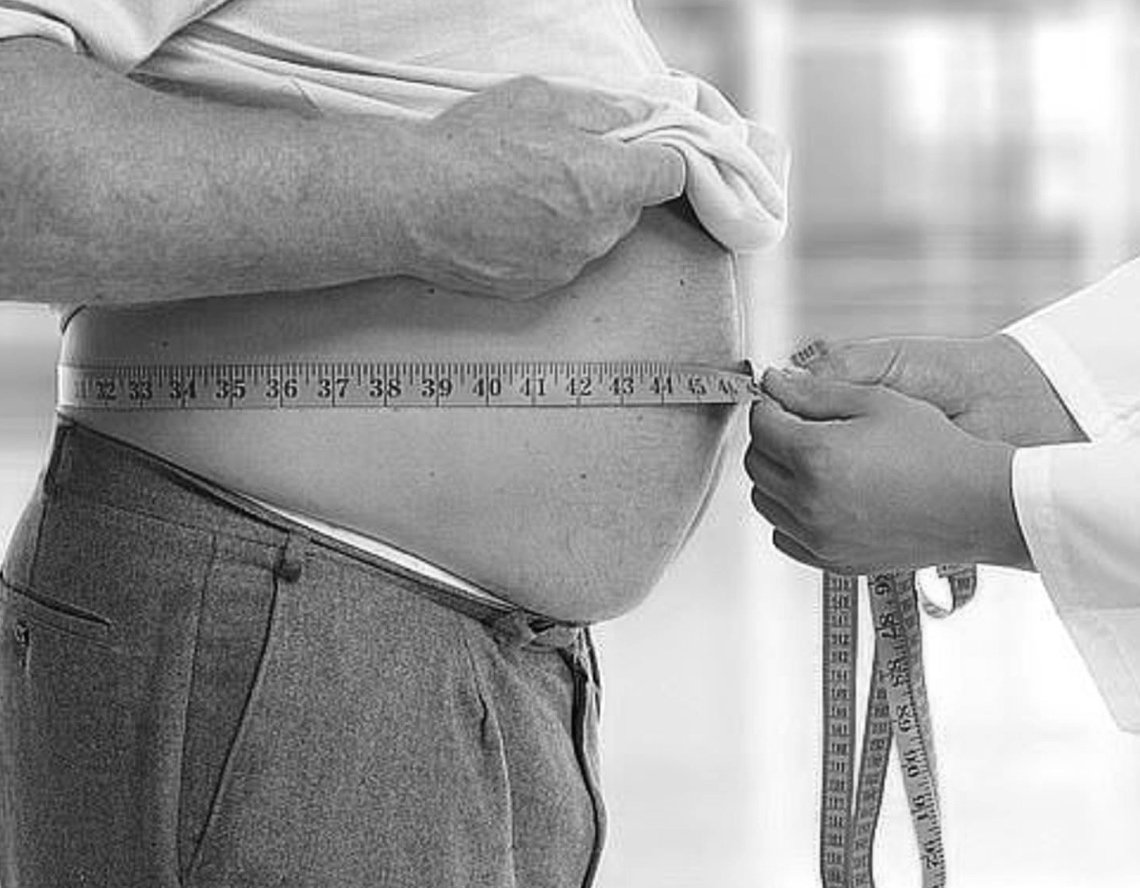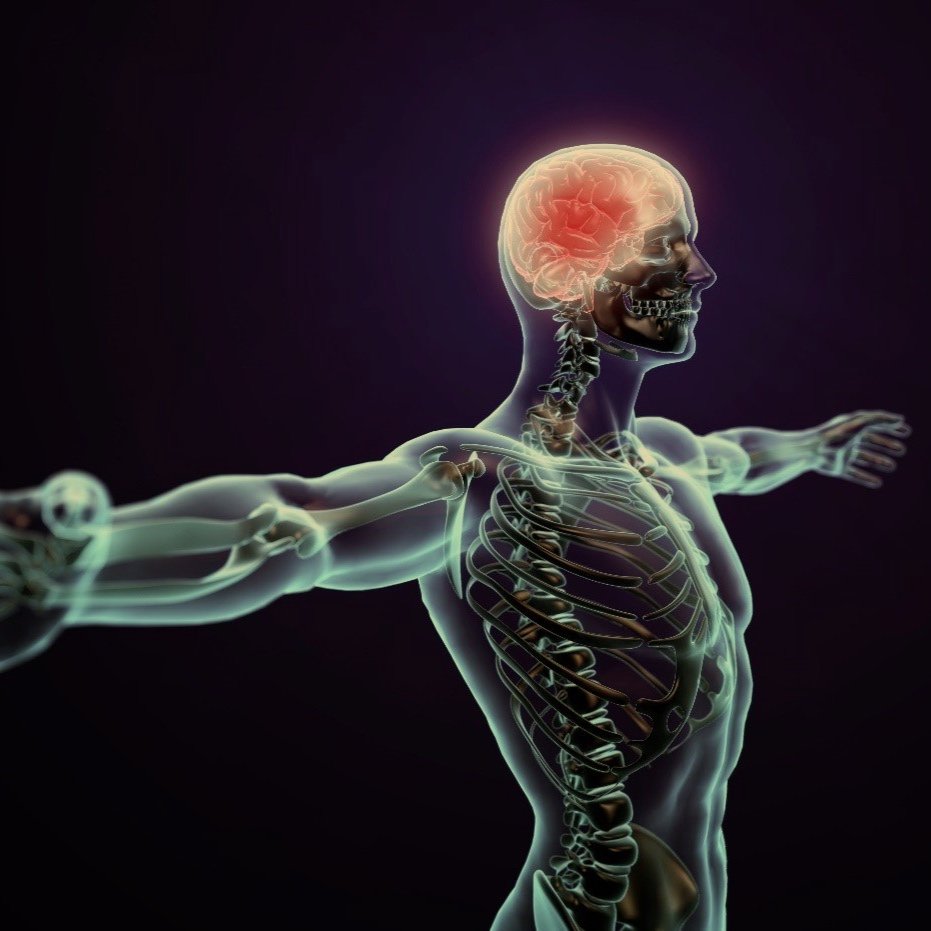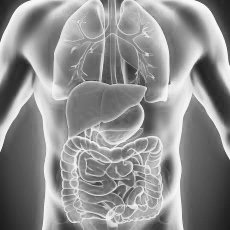
Healthspan vs. Lifespan: Optimising Quality of Life for Longer, Healthier Years
In recent years, conversations surrounding aging have shifted from focusing on lifespan—the number of years we live—to healthspan, the number of years we live well. While the goal of extending life expectancy is an age-old pursuit, it’s becoming increasingly clear that a longer life isn’t necessarily a better one unless those added years are spent in good health. Healthspan is a concept that bridges this gap, emphasizing the quality of life over its mere duration.

10,000 Steps a Day: Why This Simple Habit Is a Game-Changer for Your Health
In today’s fast-paced, tech-driven world, finding time for exercise can feel like a challenge. But what if I told you that one simple habit—walking—could dramatically improve your health and longevity? By walking just 10,000 steps a day, you’re not only keeping active but also walking your way toward the equivalent of 70 marathons a year. This small, consistent habit has enormous physical, mental, and long-term health benefits. Let’s dive into why aiming for 10,000 steps daily should be your ultimate fitness goal.
The Physical Health Benefits of Walking 10,000 Steps
Walking is one of the most natural forms of exercise, and it’s accessible to nearly everyone. Clocking 10,000 steps a day offers a range of physical health benefits, from improving your heart health to keeping your bones strong.

Unlocking the Fountain of Youth: How Exercise Can Help You Live Longer and Healthier
In the quest for a longer, healthier life, scientific research has consistently pointed to one key factor: physical activity. Exercise is not just about keeping fit; it’s about aging well and adding quality years to your life. Recent studies have highlighted the critical role of physical fitness in promoting longevity, slowing the aging process, and reducing the risk of chronic diseases. Here’s a look at the latest research and trends on how exercise can significantly contribute to living longer and healthier.

Debunking 5 Common Myths About Strength Training for Older Adults: The Truth You Need to Know
There’s a lot of misinformation floating around when it comes to strength training for older adults. To set the record straight, we’ve put together this Q&A to debunk common myths and share the real benefits of strength training after 50. Nicholas Martin-Jones, founder of Poseidon Performance, is here to answer your questions and provide expert insights.

The Lifesaving Power of Strength Training: Why You Should Prioritise It
Strength training, also known as resistance training, is often associated with building muscle and improving physical appearance. However, its benefits extend far beyond aesthetics. Research consistently shows that incorporating strength training into your routine can significantly reduce the risk of various chronic diseases and even lower mortality. Let’s take a closer look at the health benefits of strength training and why it’s a key component of a long, healthy life.

Healthspan Part 5: Obesity and Exercise, Understanding the Impact
Obesity, often measured by body mass index (BMI) in the general public, is a complex condition characterized by an excessive accumulation of body fat. It has reached pandemic proportions, especially in the United States, and has become a critical global health concern. Obesity is not just about excess weight; it is a serious metabolic syndrome closely linked to a range of diseases, including cardiovascular disease, type 2 diabetes, and certain cancers. These associated health conditions significantly compromise healthspan, placing an immense burden on both individual well-being and healthcare systems.

Healthspan Part 4: Exercise Benefits in Skeletal Muscle Mass & Strength
Skeletal muscle quality, which includes both muscle mass (the number and size of muscle fibers) and muscle strength (force production and contractility), is critical for maintaining mobility, balance, and motor coordination. Loss of muscle mass and strength can significantly impact healthspan, reducing the overall quality of life. Age-related loss of skeletal muscle mass, known as sarcopenia, along with increased frailty, is one of the leading causes of morbidity among the aging population, affecting over 10% of individuals over 60 years of age. However, regular exercise can significantly delay or even prevent the loss of muscle mass, thereby extending healthspan.

Healthspan Part 2- Exercise Benefits in Promoting Cardiovascular Function
Cardiovascular diseases are the leading cause of all mortalities around the world, with sedentary lifestyle being one of the biggest risk factors. The most direct clinical indicators of cardiorespiratory fitness are cardiac output and VO2max, both are major parameters that decline with aging, potentially a determining factor for healthspan

Healthspan Part 1: Promoting Healthspan & Healthy Aging Through Exercise
Healthspan is the period of our life without major debilitating diseases. In the modern world where unhealthy lifestyle choices and chronic diseases taper the healthspan, which lead to an enormous economic burden, finding ways to promote healthspan becomes a pressing goal of the scientific community. Exercise, one of humanity’s most ancient and effective lifestyle interventions, appears to be at the centre of the solution since it can both treat and prevent the occurrence of many chronic diseases. Here, I will review the current evidence and opinions about regular exercise promoting healthspan through enhancing the functionality of our organ systems and preventing diseases.

Mastering the Concept2 SkiErg 500m Sprint; Techniques for Maximum Efficiency
The Concept2 SkiErg is an incredible tool for building cardiovascular endurance, upper body strength, and explosive power. A 500m sprint on the SkiErg challenges your full body coordination and fitness. Here are some key tips and techniques to help you maximize your output and improve your time.

The Benefits of Brazilian Jiu-Jitsu for Older Adults
Aging gracefully is more than just a catchphrase; it's a proactive approach to maintaining physical and mental well-being as we grow older. Brazilian Jiu-Jitsu (BJJ) is an excellent avenue for older adults to achieve this, offering a blend of physical exercise, mental stimulation, and social interaction. This dynamic martial art, often perceived as a young person’s sport, has surprising and significant benefits for older adults.

The Benefits of Gig Rowing For Older Adults
As we age, staying active becomes crucial for maintaining physical and mental well-being. For older athletes seeking a challenging yet rewarding activity, gig rowing offers an excellent opportunity. Gig rowing, a traditional sport involving teams of rowers propelling large wooden boats (often referred to as "gigs"), has grown in popularity not only for its historical charm but also for its extensive health benefits. Here are some of the key reasons why gig rowing is an ideal sport for older athletes.

Healthspan Part 6: The Central Nervous System and Exercise: Enhancing Neurological Health for a Longer Healthspan
Neurological disorders are a significant and growing global health concern. In the United States alone, they are projected to cost over $16 trillion by 2030, creating a substantial burden on both individuals and healthcare systems. Conditions such as Alzheimer’s disease, dementia, Parkinson’s disease, multiple sclerosis, and epilepsy are particularly debilitating, especially as they often worsen with age, dramatically reducing quality of life and healthspan. However, an increasing body of evidence suggests that one of the most powerful interventions for both mitigating and preventing cognitive decline is regular exercise.

Healthspan Part 7: Non-Alcoholic Fatty Liver Disease (NAFLD) and Exercise: Exploring the Path to Improved Healthspan
Non-alcoholic fatty liver disease (NAFLD) is a chronic liver condition characterized by the accumulation of fatty acids in the liver, independent of alcohol consumption. This disease has become increasingly prevalent worldwide, encompassing a spectrum of conditions that range from simple hepatic steatosis (fatty liver) to more severe forms, such as non-alcoholic steatohepatitis (NASH), fibrosis, and cirrhosis. If left unchecked, NAFLD can eventually progress to liver failure, significantly compromising healthspan and placing a substantial burden on both individuals and healthcare systems.


